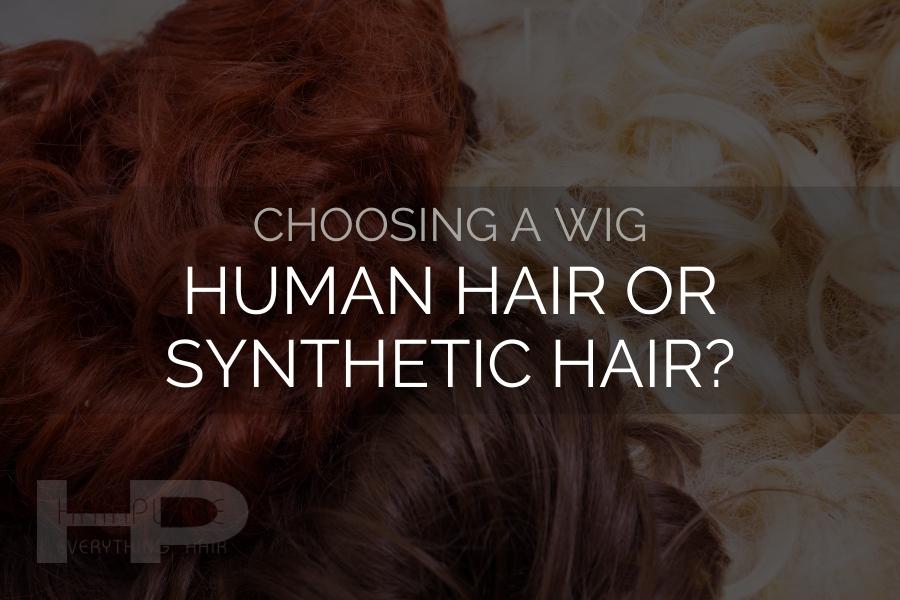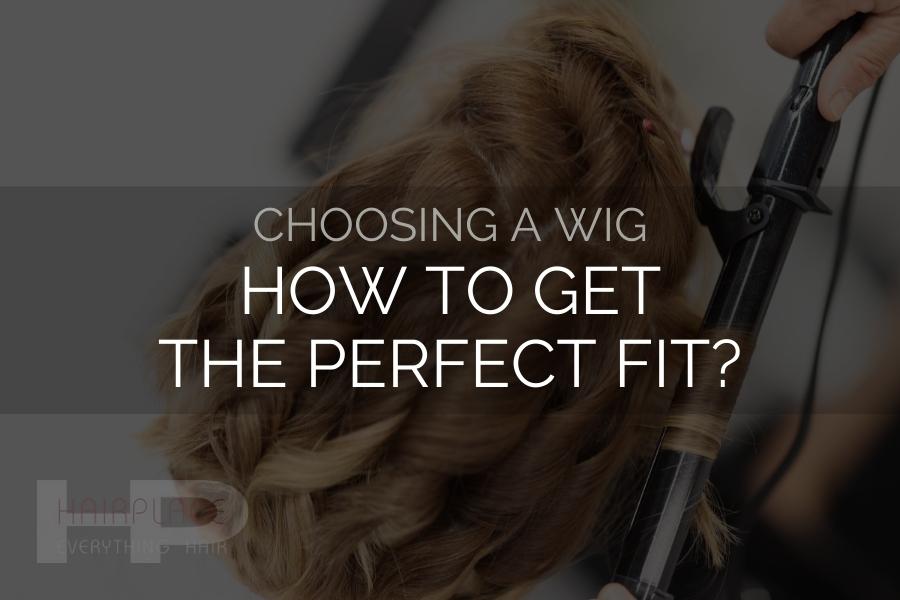Selecting the right wig can feel overwhelming, but understanding the basics makes the process much easier. Factors such as wig construction, hair type, cap size, length, style, and attachment method all influence comfort, appearance, and maintenance needs. Whether you’re purchasing a wig for medical hair loss or fashion, learning about these elements will help you make an informed choice.
Wig Construction: Hand-Tied vs. Machine-Made


Wig Construction: Hand-Tied vs. Machine-Made
The construction of a wig determines how naturally it moves, how comfortable it feels, and how easy it is to style.
Hand-Tied Wigs – Each hair is individually sewn into a soft, flexible cap, giving the appearance of hair growing directly from the scalp. This creates realistic movement in every direction and makes the wig lightweight and breathable. Hand-tied wigs are especially comfortable for sensitive scalps and are considered the premium choice for the most natural look.
Machine-Made Wigs – Hair is sewn into strips (wefts) by machine and attached to the cap. These wigs are more affordable and durable but can feel heavier and offer fewer styling options. Part lines may look less natural, and the cap structure may be visible if the hair is blown or moved.
Hair Type: Human Hair vs. Synthetic Hair


Hair Type: Human Hair vs. Synthetic Hair
Your choice of hair type influences maintenance, styling flexibility, and lifespan.
Human Hair Wigs – The gold standard for realism, human hair wigs can be washed, heat-styled, and colored just like natural hair. Available in Indian-Asian blends and European hair, they allow for matching both texture and hair thickness (denier) to your own. With proper care, they can last for years, making them a long-term investment.
Synthetic Hair Wigs – Designed to hold their style with little upkeep, synthetic wigs are lightweight, affordable, and a good option for shorter hairstyles. Longer synthetic fibers may fray after 6–12 months. Heat-resistant versions allow limited use of heated styling tools and are ideal for those frequently exposed to heat.
Cap Size: Measuring for a Secure, Comfortable Fit


Cap Size: Measuring for a Secure, Comfortable Fit
A wig that fits well not only feels comfortable but also stays securely in place, even during active wear.
To measure your head size, use a soft tape measure along your natural hairline, passing above your ears and around the back of your head — much like fitting a hat. Compare your measurement to standard wig size charts (petite, average, large) to find the closest match. A proper fit reduces slipping, eliminates pressure points, and helps the wig blend seamlessly with your natural hairline.
Learn More: How To Measure Your Head For A Wig
Length, Style, Color: Creating Your Ideal Look


Length, Style, Color: Creating Your Ideal Look
The length, style, and color of your wig work together to define your overall appearance.
- Length – Short styles are low-maintenance and hold shape well; medium and long styles offer more versatility but may require more care.
- Style – Layers, bangs, and texture can make a wig look more natural and frame your face in flattering ways.
- Color – Choose a shade close to your natural color for a seamless match, or go for highlights, lowlights, or bold colors for a statement look. A multidimensional color with natural root shading often enhances realism.
Learn More: How To Match Your Wig To The Right Color
Attachment Methods: Keeping Your Wig in Place


Attachment Methods: Keeping Your Wig in Place
The way a wig is secured affects comfort, stability, and confidence during wear.
- Easy On/Off Caps – Designed for those experiencing medical hair loss, allowing natural hair to grow back underneath.
- Wig Caps/Nets – Provide a smooth surface and help prevent friction between the wig and scalp.
- Wig Grips – Velvety headbands worn under the wig that prevent slipping without adhesive.
- Wig Tape Tabs – Small plastic tabs sewn into the cap that hold double-sided adhesive tape for a strong, all-day hold.
Learn More: How To Secure Your Wig For All Day Comfort



